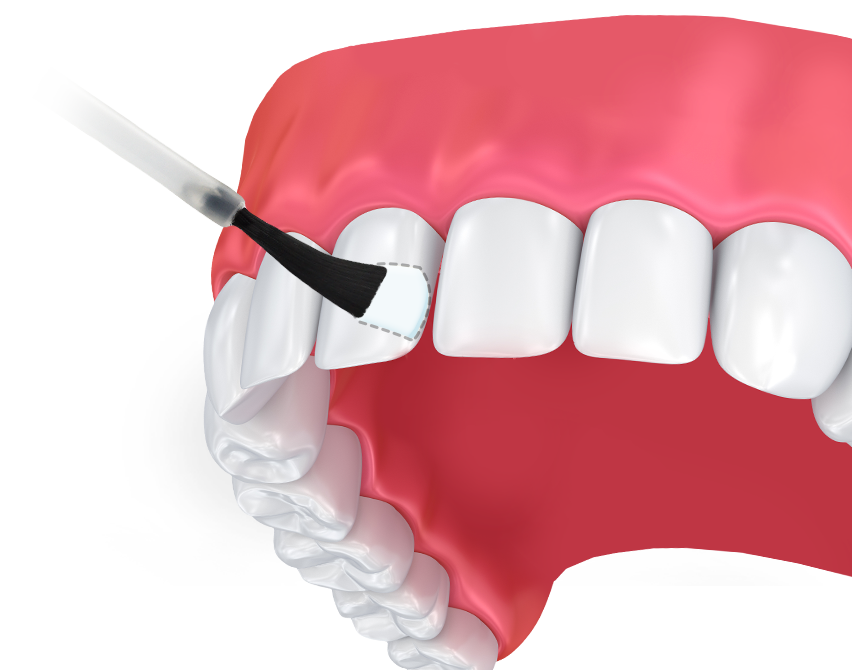Clinic Timings
Monday To Saturday
Morning-10:00 AM - 01:30 PM
Evening-05:00 PM - 08:30 PM
Sunday
10:00 AM - 01:30 PM
FLUORIDE APPLICATION
“Fluoride- The Anti Cavity Superhero that lives in your mouth”
We all have heard that kids who do not receive adequate amount of fluoride are at risk of developing tooth decay in the later stages of life as Fluoride makes the tooth enamel resistant to cavities and may even reverse early tooth decay.
How does Fluoride work?

Whenever we consume foods like candies, sodas and sticky foods, the bad bacteria in the mouth feast upon the carbohydrates in these foods and remove calcium and phosphate from the teeth. The saliva (spit) contains calcium other minerals which disrupts this attack by coating the teeth and replenishing the lost minerals. If there is fluoride in the saliva – its better news as Fluoride teams up with calcium and makes a structure called "Fluorapetite" which make the enamel much stronger and cavity resistant.
What are the Fluoride therapy types- Topical and Systemic
Systemic Fluoride is usually the form that is the Fluoride present in water or taken as a dietary supplement. Topical Fluoride is that which is applied on the surface of the teeth. Most of us are aware of the fluoride present in toothpastes, mouthwashes available in stores. The ones that we use at the dental clinic are stronger and more effective and can be in the form of foams, liquids or gels or varnishes.
Who are the candidates for fluoride therapy?
- Children with a high cavity risk
- Adults with poor salivary flow (Dry Mouth)
- Patients undergoing Braces therapy
- Poor oral hygiene
- People with extensive fillings
Treatment procedure?
The clinical procedure usually involves applying the fluoride solution with a cotton swab or a tray, which is kept in position for 4 minutes after which the remaining solution is cleaned, and the child is asked not to eat or drink anything for 30 minutes. The procedure is repeated after 3, 6 and 12 months depending on the cavity risk status.





